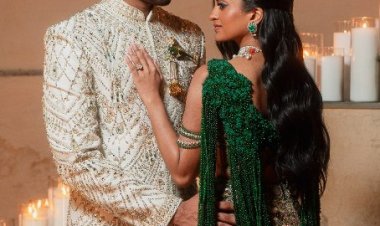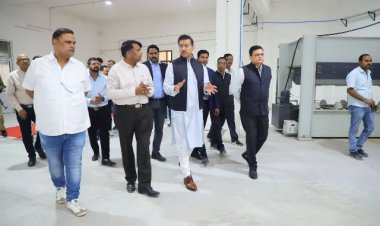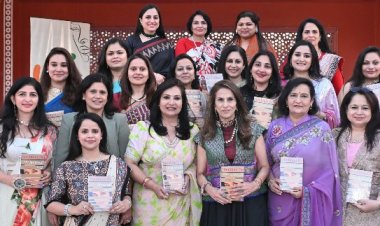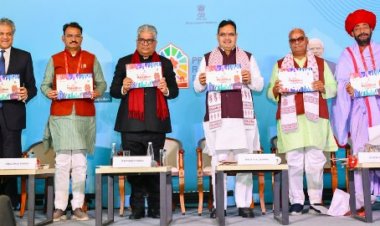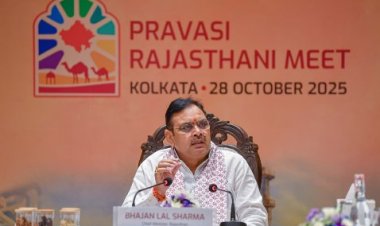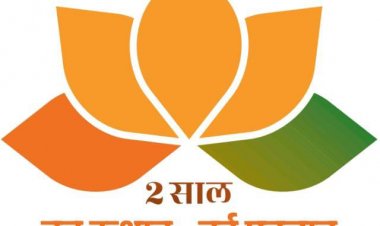The Time Traveler of Strings: Joydeep Mukherjee and the Lost Sarods of Shahjahanpur Gharana
Writer: Sudipta Dey.
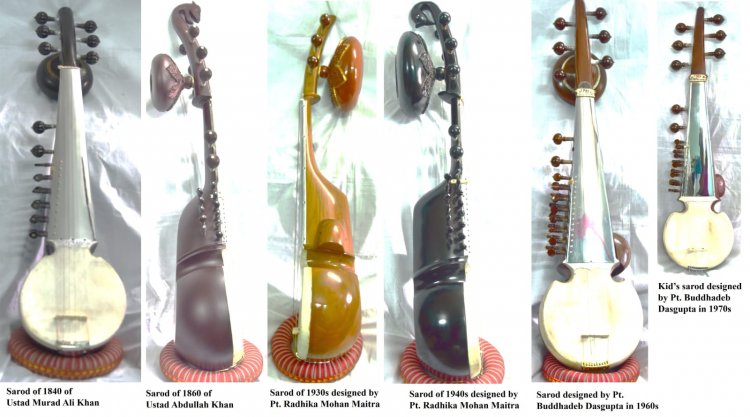
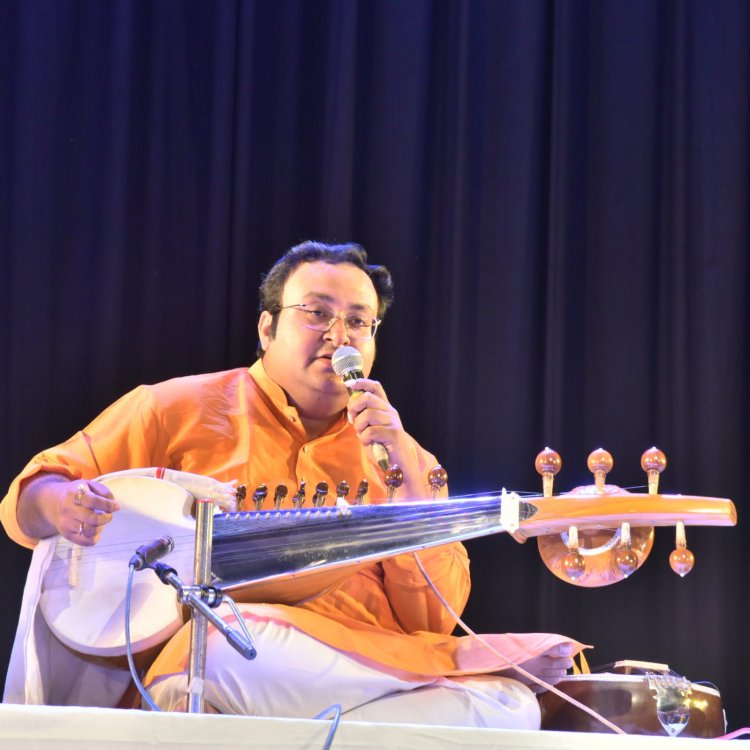
Ananya soch: In an era where musicians seek the spotlight with digital amplification and contemporary interpretations, one man walks a different path—retracing the footprints of history, resurrecting lost melodies, and reviving forgotten instruments. Joydeep Mukherjee is not just a musician; he is a bridge between centuries of Indian classical music.
Born in 1982, Joydeep’s journey began at the tender age of four under the tutelage of Sangeetacharya Pranab Kumar Naha, a devoted disciple of the legendary Pt. Radhika Mohan Maitra. But his story is not just about mastery of the Sarod; it is about a mission to restore the nearly extinct models of the instrument from the Senia Shahjahanpur Gharana, a tradition that stretches back over 200 years.
The Gharana That Time Almost Forgot
The Shahjahanpur Gharana of Sarod traces its lineage to Murad Ali Khan, a visionary who dared to challenge norms in the early 19th century. Abandoning the traditional gut strings of the Afghan Rabab, he introduced metallic strings, transforming the tonal depth of the instrument. His adopted son, Ustad Abdullah Khan, carried this legacy forward, crafting the Sur-Rabab—a magnificent hybrid of the Sursingar and Tanseni Rabab. This was an era when music was measured not just in melody but in the craftsmanship of its instruments.
Over the decades, the Gharana produced prodigies like Mohammad Ameer Khan, Radhika Mohan Maitra, and Buddhadeb Dasgupta, each innovating new Sarod models suited for their times. Yet, as modern concert culture evolved, these historic instruments vanished from the stage, gathering dust in forgotten corners of history.
The Revivalist
Enter Joydeep Mukherjee—a man on a quest to unearth the past who spent years restoring and reviving seven distinct models of Sarods lost over two centuries. These include Murad Ali Khan’s first-generation Sarod, Abdullah Khan’s Sur-Rabab, and multiple innovations by Radhika Mohan Maitra, including the Mohanveena, Dilbahar, and Nabadeepa.
The journey began with a relic—an ancient Sarod, its strings silent, its body bruised by time. This was no ordinary instrument; it belonged to Ustad Murad Ali Khan, crafted in 1840 as the first evolution from the Afghan Rabab. With delicate precision, he restored the instrument, breathing life back into its silent frame, bringing back a sound once played in the courts of emperors.
But the past had more stories to tell. From the ruins of a demolished building in Darbhanga, a forgotten Sarod resurfaced—the prized instrument of Ustad Abdullah Khan, a maestro of the 1860s. Crafted from mahogany, this 46-inch-long Sarod once echoed in royal halls but was nearly lost to time. It was later played by his son, Md. Ameer Khan, the Guru of Pt. Radhika Mohan Maitra. Thrown away, forgotten, nearly erased from existence, found its second chance as Joydeep Mukherjee pieced it together, coaxing out the notes that once resounded in royal halls, ensuring its voice would not be silenced by time.
His journey extended beyond restoration. He preserved the iconic instruments developed by Pt. Radhika Mohan Maitra, which shaped the modern sound of the Gharana. Among them is a 42-inch Sarod, featuring a backward-facing peacock engraving, (1940s) a symbol of artistic excellence. Additionally, a revived Sarod in Maitra’s style, measuring 45 inches with a deer-horn bridge, (1930s) carries forward the maestro’s innovations.
The very model of Sarod created by Dasgupta now rests in the hands of the seventh-generation disciples of the Gharana, young students under Joydeep’s tutelage. These two Sarods were designed by Pt. Buddhadeb Dasgupta and made by Dulal Kanji. One of which was designed for the kids of the 1970s. it was a 3 Ft Sarod which can be played by kids of 3-9 years.
Joydeep Mukherjee dreams beyond restoration. Inspired by the lineage he has preserved, he now works on something new—a Sarod that bridges two centuries of tradition, merging the wisdom of the past with the potential of the future. This new instrument, shaped by the echoes of Murad Ali Khan, Abdullah Khan, Maitra, and Dasgupta, will be a testament to the endurance of the Senia Shahjahanpur Gharana. His dream is to reintroduce these historic Sarods into mainstream concerts, to let audiences experience the music of bygone eras in its purest form. In a time when tradition and innovation often clash, Joydeep Mukherjee stands as a beacon of their perfect harmony—an artist, a historian, and a guardian of India’s musical heritage. Through his fingers dance the ghosts of melodies long thought lost. And with every note, he whispers to history: ‘"You are not forgotten".
Disclaimer: These are the author's own views.


